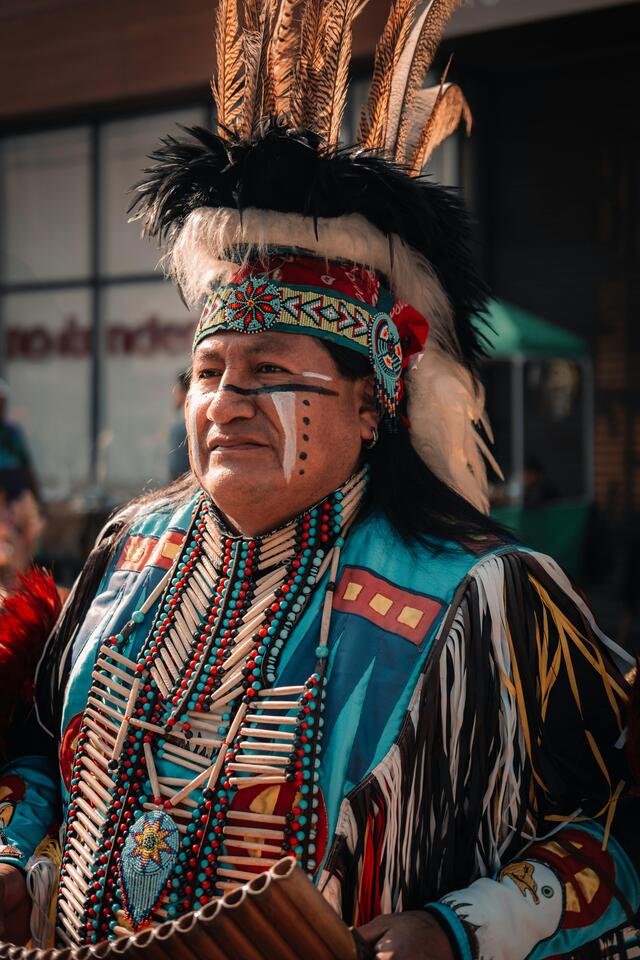Greenfield, Mass. (Special to Informed Comment; Feature) – Contradictions pervaded the latest UN climate conference (COP30) held in Belem, Brazil. Progressive President Lula da Silva of Brazil proclaimed it would a positive turning point in progress, while he authorized his state-owned oil producer to do exploratory drilling for oil near the Great Amazon Reef System. For ninety species of reef fish this is their home and habitat and for 120,000 Indigenous and tribal fishing communities on Brazil’s Amazon coast, their survival and livelihoods depends on fishing. Lula da Silva’s commitment to slow and reverse climate crisis rings hollow in deferring his pledge to a sustainable environment until 2030. Five years is a luxury we cannot afford, given our planet’s plants and soils reached their peak ability to absorb climate-heating carbon dioxide in 2008, which ability has been diminishing since, causing climate warming to accelerate.
Many seasoned participants and observers have stated that this conference, like all before it, has no urgency to it, providing at best a process and sometimes diplomacy but it has failed to turn promises made into critically needed action. The BBC reported that “two weeks of tough talking” produced nothing new, only re-hashed agreements as petrostates blocked any deals on phasing out fossil fuels..
Some have argued that the annual COP process has established ambitious goals, keeping 1.5 degrees Centigrade as goal (a goal we are predicted to surpass in the next five years), and creating a loss and damage fund in which rich nations that caused the climate crisis can fund poorer nations which suffer disproportionally from the damage. But process lags behind more rapid climate change and worsening inequality across the world. This political and socio-economic inequality means that a poor African country can send a few delegates to the conference while wealthy fossil fuel companies sent thousands of lobbyists who turn the COP into an oil business fair.
A huge fire broke out near the end of the conference, sending tons of smoke through the conference center ceiling. It seemed like Someone was trying to tell us Something, as one reporter commented.
Climate scientists consider reducing methane drastically is the only critical method by which we could “restore the atmosphere in a lifetime.” Recently Western countries made a pledge to reduce the most potent greenhouse gas – methane – by 30% by 2030; yet methane is now forecast to increase by 5% by 2030. again, developed countries have failed the world, especially Africa, Indigenous peoples, and the urban poor of the world.
Nor did China, India, and Russia – three of the largest emitters – commit to the pledge. And the US, under Trump, is driven by his solipsistic goal to achieve energy dominance through expanding the natural gas sector gas exports (methane being the primary component of natural gas).
Faith leaders formed a strong presence at the climate conference, outspoken about the symbolic and sobering setting – in the Amazon forests, the vital carbon sinks of the Earth. While temperatures rise and the Earth burns, global governments response, religious leaders asserted, “remains dangerously timid.” They called out the moral cowardice and “ethical breakdown” of governments of the largest polluting countries in the West and East, North and South. The fossil fuel industry, which garners annual subsidies worth $7 trillion, has an outsized presence at the conference; only Brazil has a larger number of delegates than oil, gas and coal industries.
But these faith leaders also point out that Brazil, in choosing to drill in the Amazon while espousing climate action goals is no different from many countries: Britain tapping into the North Sea, China leading the world in solar and wind, approving new coal power, to name a few. “Its’s not that leaders don’t understand the science. It’s that they don’t want to bear the political cost of acting on it.” Rev. Fletcher Harper.

Photo of Man Wearing Tribal Dress, Sao Paulo, by Jr Satilite : https://www.pexels.com/photo/portrait-of-man-wearing-tribal-costume-27308030/
And now to the kernel of hope found in COP30: Indigenous peoples. A recent report analyzed the findings of 300 research papers and found that when Indigenous peoples and local communities in the region have strong land rights, their lands hold more carbon, their forests are denser, and the biodiversity in their forests is greater than in forests managed by others. This evidence makes the indisputable case that the countries cannot achieve their climate and biodiversity goals unless they partner with and support Indigenous people. Indigenous people protect almost 40 % of the remaining forests and 80% of the world’s biodiversity may be found on Indigenous lands.
Indigenous Amazonian people were the most colorful, strong protestors, marched through the conference announcing their forests were “not for sale” to agribusiness, for oil exploration, illegal mining and illegal deforestation
Tribes have employed all kinds of direct action to keep loggers our and restore degraded logging sites, creating protection areas around the perimeter of their forest. Their tactics also include closing roads, retaking lands by force when government not honoring it own laws. Their goal is to lift Indigenous people, out of poverty while revitalizing culture, re-establishing traditional agroforestry, and drawing carbon out of the atmosphere with re-planted forests using Indigenous methods.
They are the Earth’s true daughters and sons.


 © 2025 All Rights Reserved
© 2025 All Rights Reserved